Google’s integration of AI-driven experiences into search results is changing how visibility and engagement are measured. With 51% of marketers already incorporating generative AI into their strategies, aligning performance tracking AI mode in GSC with these evolving formats has become essential.
- What is AI Mode?
- How AI Mode Works?
- What to Watch When Analyzing AI Mode Data
- Strategy Adjustments for AI Mode
The introduction of Google’s new AI Mode is reshaping traditional metrics and driving the need for more accurate monitoring tools. Google Search Console (GSC), long a staple for SEO reporting, now includes updated features that reflect AI-influenced results. These changes directly affect how agencies and brands evaluate organic reach and user interaction.
What is AI Mode?
AI Mode is a new search feature introduced by Google that delivers answers in a conversational format, similar to how tools like ChatGPT and Gemini respond. Powered by Google’s generative AI, it forms part of the broader search generative experience (SGE). Unlike AI Overviews, which provide a quick summary, AI Mode allows for more detailed and interactive answers directly within the search interface.
This shift reflects how search behavior is evolving—users are now asking questions in natural, conversational language rather than just typing short key phrases. For example, instead of searching “Digital Marketing VA Services,” they might ask, “I run a small online store and need help with social media and SEO. Are there virtual assistants who can handle both?” AI Mode responds with more detailed and personalized suggestions to better match user intent and context.
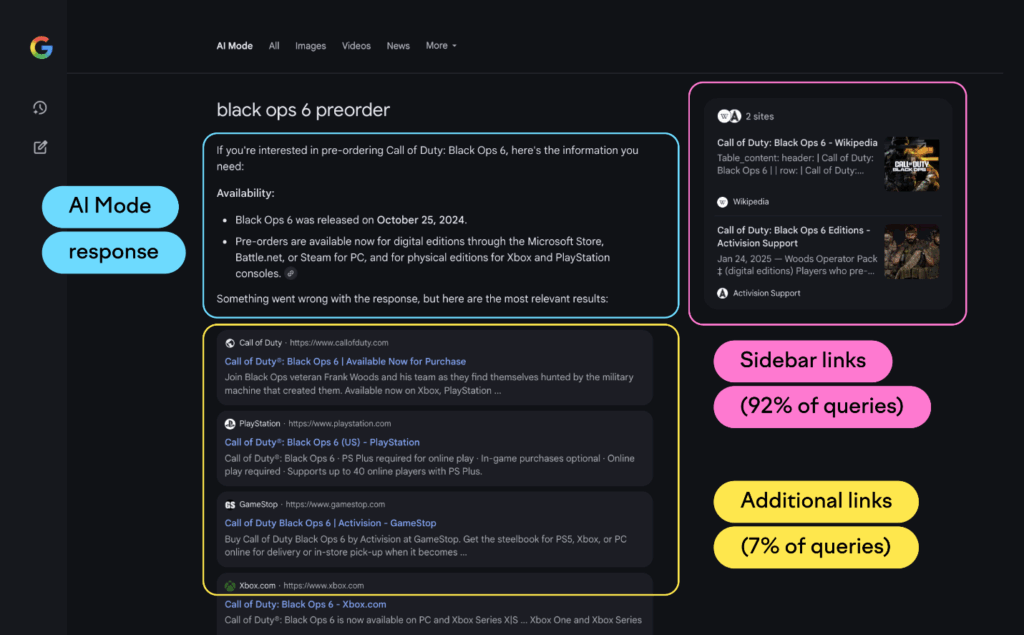
Image from Semrush
How AI Mode Works?
AI Mode delivers a seamless, end-to-end AI search experience. Key features include:
1. Query Fan-Out Method
AI Mode uses a technique called “query fan-out”, where one question is expanded into multiple related searches. The results are then combined into a single, comprehensive response.
With this approach, Google surfaces more relevant and in-depth content than a traditional search.
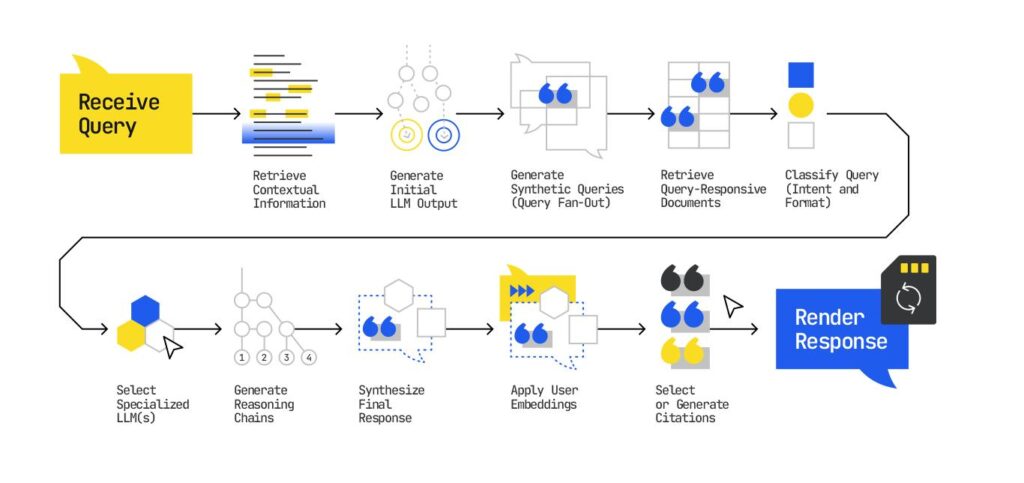
Image from Search Engine Land
2. Follow-Up Questions
With AI Mode, users can ask follow-up questions without repeating the full context. The AI remembers what was asked earlier and keeps the conversation going. It’s a simple way to explore a topic more deeply without starting a new search every time.
3. Multimodal Interaction
AI Mode supports various ways to search. Users can enter text, use voice input, or upload images. For example, submitting a photo and asking a related question prompts a detailed AI-generated response with links for further exploration. About 40% of generative AI solutions are expected to be multimodal by 2027, highlighting a growing shift toward more flexible and intuitive search experiences.
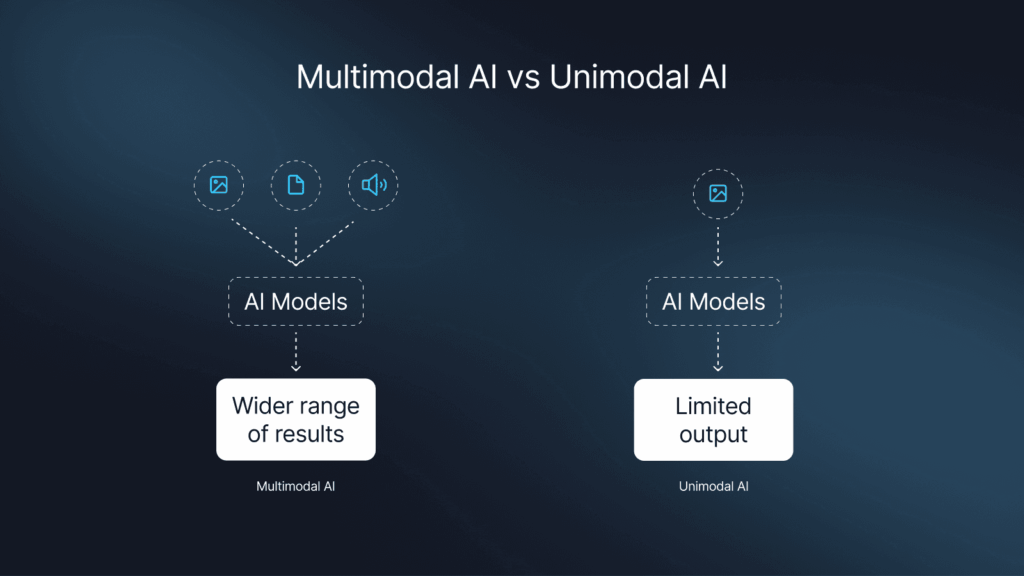
Image from Pieces
What to Watch When Analyzing AI Mode Data
Google Search Console now tracks impressions, clicks, and positions related to AI Mode. This helps identify how AI affects visibility and engagement. Here are patterns to observe when reviewing data:
- High impressions but low clicks: This indicates that content is being referenced in AI responses but not directly visited. According to Bain & Company, 80% of consumers use these “zero-click” results in at least 40% of their searches. This behavior is becoming more common as users find the answers they need directly in the AI-generated answers.
- Sudden shifts in rankings: Pages no longer featured in AI Mode often experience drops in traditional search engine results page (SERP) rankings. This can reduce organic traffic by 15% to 25%, even when the page content remains unchanged.
- Query variations: Internal testing from industry agencies has found that informational and navigational queries are more likely to trigger AI summaries than purely transactional ones.
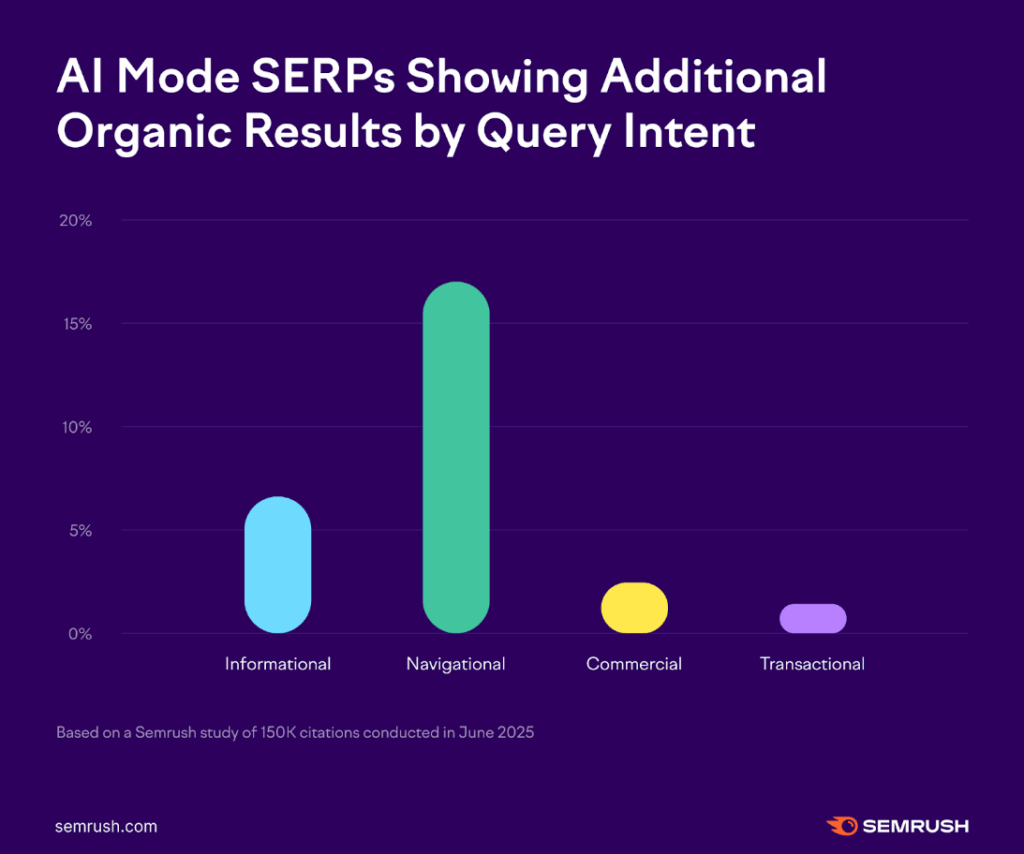
Image from Semrush
Whether content appears in AI Mode search or not can influence strategy. For instance, if a blog post is cited in AI summaries, even with low click volume, that citation can still boost brand authority and visibility over time.
Strategy Adjustments for AI Mode
AI is influencing what ranks, what’s featured, and what gets noticed. To stay relevant, content must match how AI interprets and presents information. Below are core strategies to keep content aligned with the AI-driven landscape:
1. Continue Optimizing for Long-Tail Keywords
Long-tail keywords remain effective in AI-integrated search formats. These specific phrases help content match precise user intent. AI mode often features pages that align with context-rich queries. Expanding long-tail keyword usage increases relevance and improves the chance of being featured in AI-generated search results.
This is especially important for service-oriented content or product pages, where detailed descriptions help maintain visibility and user engagement. With 70% of search traffic driven by long-tail keywords, focusing on intent-aligned phrasing reduces reliance on highly saturated search terms.
2. Maintain Technical SEO Audits and Updates
As AI becomes more central to the search experience, maintaining strong site health is increasingly important. Structured data, crawlability, and internal linking all affect how content is discovered and evaluated. However, only around 33% of websites currently meet the core web vitals threshold, which may limit their presence in AI-driven results.
Regular technical SEO audits help keep pages accessible and optimized for AI systems. A trusted SEO agency Philippines can identify technical issues, enhance overall performance, and improve content reach within AI-powered search experiences.
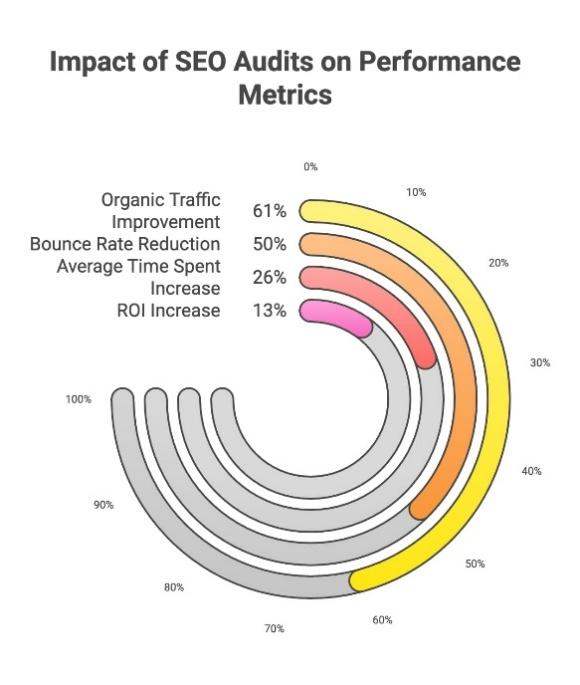
Image from SEOMator
3. Improve Page Speed and Mobile Compatibility
Page performance directly influences visibility and placement in search results. Page speed and mobile responsiveness affect both user experience and engagement. According to Semrush, a bounce rate of around 40% is generally considered good, while 60% or higher may signal the need to improve page content and usability. Reliable functionality remains essential to support stronger engagement, even as AI changes how content is surfaced.
To stay competitive, websites must load quickly and adapt well across all devices. This is especially important for users who choose to explore beyond AI summaries. Providing a seamless and accessible browsing experience contributes to better search performance as more interactions begin online.
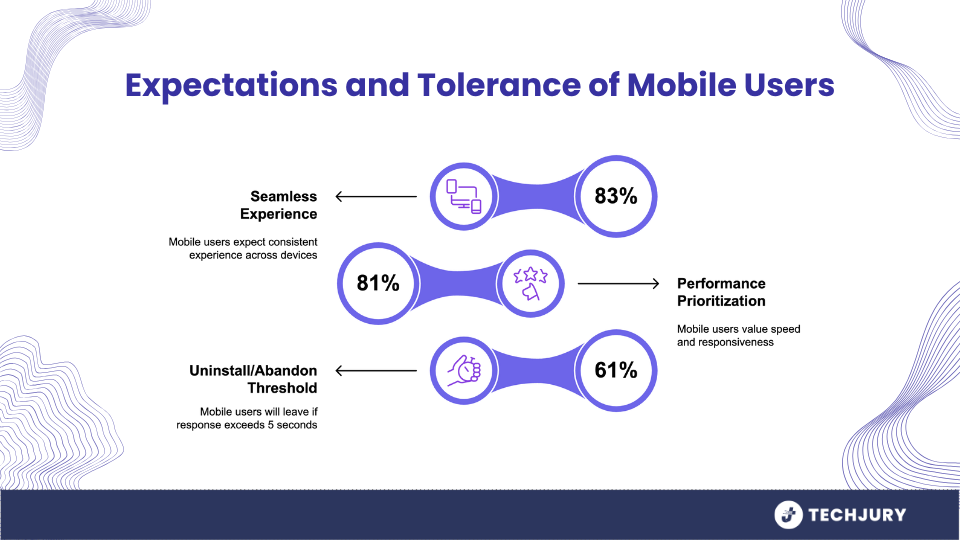
Image from TechJury
4. Expand E-E-A-T Signals
As AI Mode summarizes content, Google favors sources that demonstrate proven expertise and credibility. Strengthening E-E-A-T (Experience, Expertise, Authoritativeness, and Trustworthiness) helps content align with how algorithms assess reliable information.
Author bios, transparent sourcing, and consistent topical coverage contribute to positioning content as a go-to source of information. These elements now influence both how users interact with content and how it appears in AI-driven formats.
5. Stay Adaptive to SERP Fragmentation
Search results continue to shift based on user intent. Instead of following a consistent layout, some queries prompt a full AI Overview, while others show a combination of traditional blue links, visual elements, or community-driven content. Because of this fragmentation, visibility now depends on how a result is displayed, not just where it ranks.
Marketing teams must adapt their strategy based on how content appears in different SERP layouts. Strategies focused solely on securing featured snippets may have limited impact when AI summaries appear prominently. In contrast, rich snippets like FAQs or how-tos tend to perform better when paired with structured and easily scannable content. These enhancements can lead to 20% to 30% increase in click-through rates, making them a practical way to drive engagement.
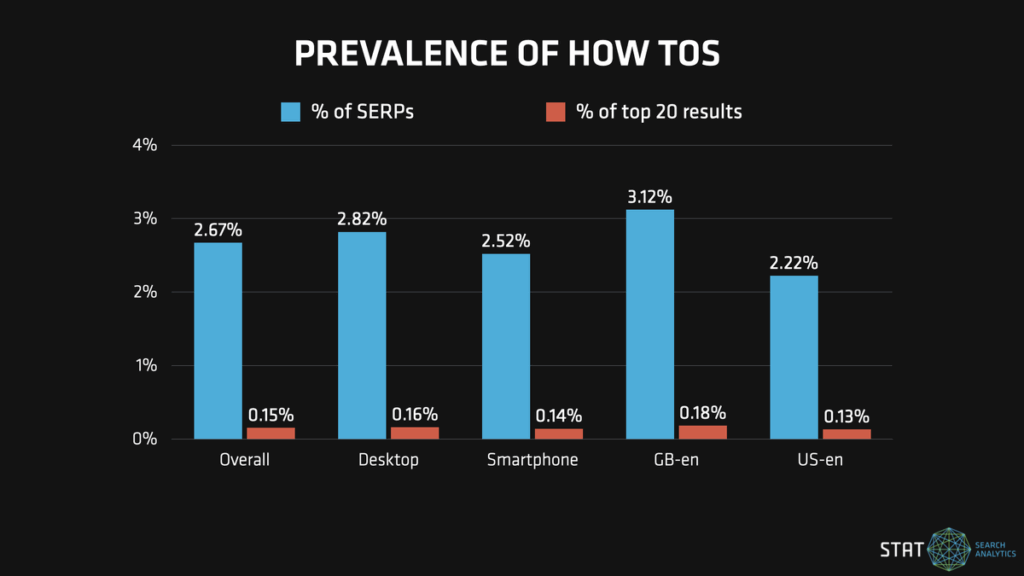
Image from STAT
Stay Search-Ready with DMP
Google continues to refine how helpful content reaches people through search, particularly with AI-driven formats now shaping results. Google Search Console reflects these shifts, offering valuable signals for content performance across AI-influenced formats. However, responding effectively requires more than just tracking data.
If you’re looking for a partner that understands how to track AI Mode, refine content strategies, and strengthen your visibility, Digital Marketing Philippines (DMP) is ready to help. With proven expertise in SEO, content marketing, and data analysis, our team knows how to keep your brand discoverable, even as AI reshapes the search experience.
Contact us today to stay relevant, informed, and competitive in the age of AI search.
References:
https://www.semrush.com/blog/google-ai-mode-could-reshape-search
https://industrywired.com/chatgpt/ai-face-off-googles-new-ai-mode-vs-chatgpts-web-search-9444769
https://zapier.com/blog/google-ai-mode
https://moz.com/blog/adjust-content-strategy-for-ai-mode
Jomer B. Gregorio is a well-rounded expert when it comes digital marketing. Jomer is also known as a semantic SEO evangelist and practitioner. Check out our Digital Marketing Services today and let us help you in achieving positive and profitable results for your business.
